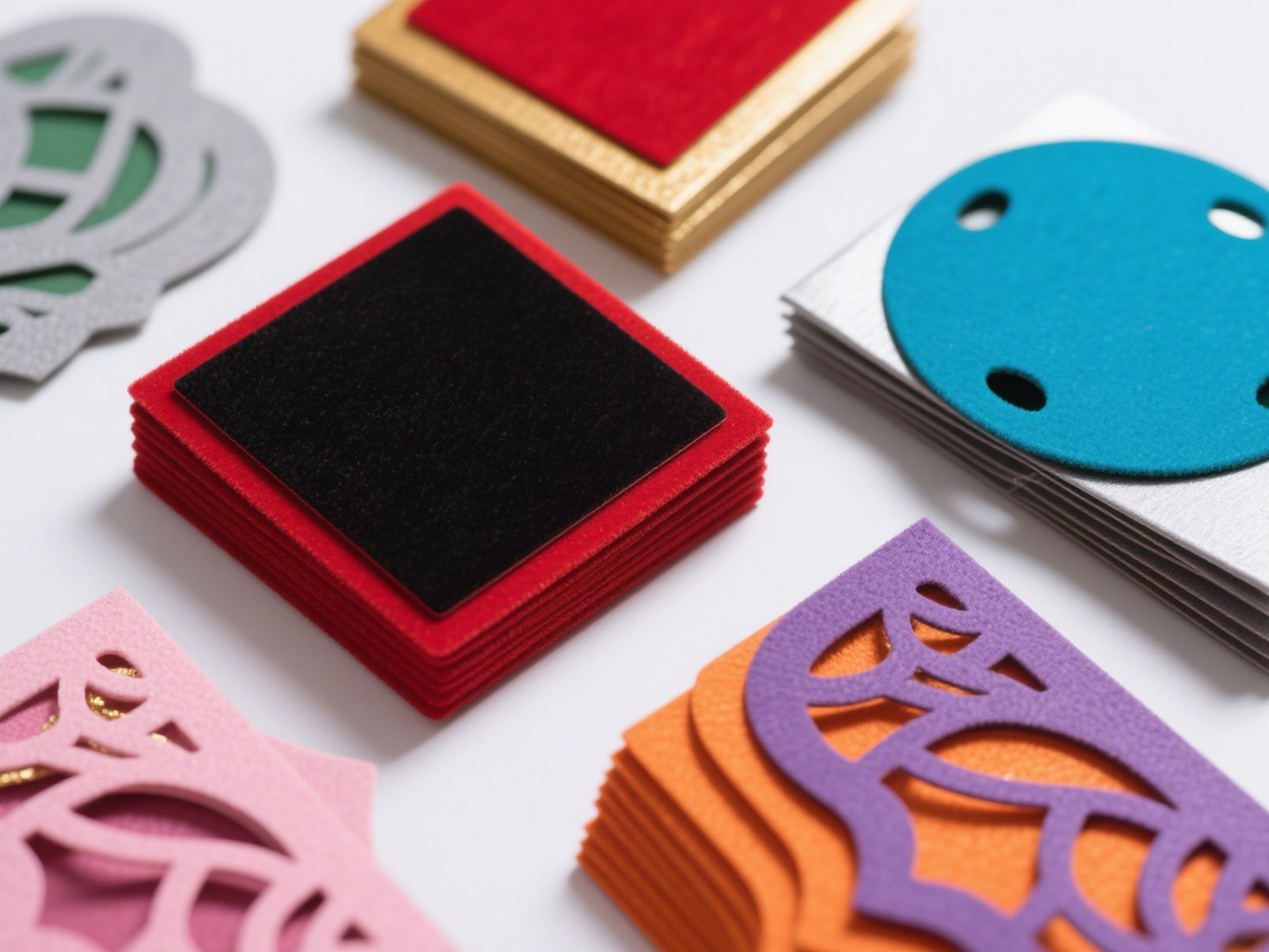Plate heat exchangers (PHEs) are pivotal components in various industrial applications, ranging from food processing to chemical manufacturing. Their efficiency and effectiveness are influenced by a multitude of factors that can significantly impact their thermal performance, pressure drop, and overall operational longevity. Understanding these factors is essential for engineers and operators aiming to optimize their systems. This article delves into the critical elements that affect plate heat exchanger performance, providing insights into how to enhance their functionality and reliability.
- Design Parameters
The design of a plate heat exchanger is fundamental to its performance. Key design parameters include:
- Plate Geometry: The shape and size of the plates, including the corrugation pattern, play a crucial role in determining the heat transfer area and flow characteristics. Different geometries can enhance turbulence, thereby improving heat transfer efficiency.
- Number of Plates: The total number of plates in the heat exchanger directly influences the surface area available for heat transfer. More plates can increase the heat exchange capacity but may also lead to higher pressure drops.
- Plate Material: The choice of material affects thermal conductivity, corrosion resistance, and overall durability. Common materials include stainless steel, titanium, and nickel alloys, each suitable for specific applications based on the fluid properties and operating conditions.
- Operating Conditions
The operational environment significantly impacts the performance of plate heat exchangers:
- Temperature and Pressure: The inlet temperatures of the fluids and the operating pressure can alter the heat transfer coefficients. Higher temperature differentials generally enhance heat transfer but may also increase the risk of fouling and thermal stress.
- Flow Rate: The velocity of the fluids passing through the plates is critical. Higher flow rates can improve heat transfer due to increased turbulence but may also lead to higher pressure drops. It is essential to balance flow rates to optimize performance without incurring excessive energy costs.
- Fluid Properties
The characteristics of the fluids being processed are vital in determining the efficiency of a plate heat exchanger:
- Viscosity: The viscosity of the fluids affects the flow regime within the heat exchanger. Higher viscosity fluids tend to flow more slowly, which can reduce heat transfer efficiency. Understanding the viscosity at different temperatures is crucial for accurate performance predictions.
- Specific Heat Capacity: Fluids with higher specific heat capacities can absorb more heat, enhancing the overall heat transfer process. This property is particularly important in applications where significant temperature changes are required.
- Thermal Conductivity: The ability of a fluid to conduct heat directly influences the heat exchanger's performance. Fluids with higher thermal conductivity will facilitate better heat transfer rates.
- Fouling and Maintenance
Fouling is a common issue that can severely impact the efficiency of plate heat exchangers:
- Fouling Factors: The accumulation of deposits on the heat transfer surfaces can reduce the effective area for heat exchange, leading to increased thermal resistance. Factors such as fluid composition, temperature, and flow velocity can influence the rate of fouling.
- Maintenance Practices: Regular cleaning and maintenance are essential to mitigate fouling. Implementing effective maintenance schedules and using appropriate cleaning methods can prolong the life of the heat exchanger and maintain its efficiency.
- System Integration
The overall system design and integration of the plate heat exchanger within a larger process can also affect its performance:
- Piping Layout: The configuration of the piping system, including bends and fittings, can introduce pressure drops and affect flow distribution. Optimizing the piping layout can enhance the overall efficiency of the heat exchanger.
- Control Systems: Advanced control systems that monitor and adjust operating conditions in real-time can optimize the performance of plate heat exchangers. Implementing automation can lead to significant energy savings and improved process stability.
Conclusion
In conclusion, the performance of plate heat exchangers is influenced by a complex interplay of design parameters, operating conditions, fluid properties, fouling, and system integration. By understanding and optimizing these factors, engineers and operators can enhance the efficiency and reliability of their heat exchangers, ultimately leading to improved operational performance and reduced energy costs. Continuous research and development in this field will further refine our understanding and application of plate heat exchangers, paving the way for more efficient industrial processes.


